Oral tori: benign, asymptomatic, treatment seldom needed

By Soumya Chatterjee, MD, MS, FRCP
Cleveland Clinic is a non-profit academic medical center. Advertising on our site helps support our mission. We do not endorse non-Cleveland Clinic products or services. Policy
A 79-year-old woman with a long history of limited scleroderma was being evaluated in the rheumatology clinic. During routine examination of the oral cavity, masses were noted on her hard palate and on the lingual surface of both sides of the mandible. The masses had a bony consistency. The patient said that she had had these lumps for as long as she could remember, and that they were painless and had never caused any discomfort.
The masses were diagnosed as torus palatinus and torus mandibularis, localized benign overgrowths of cortical bone. The patient was reassured about the benign nature of these masses, and as they were asymptomatic, no further action was considered necessary.
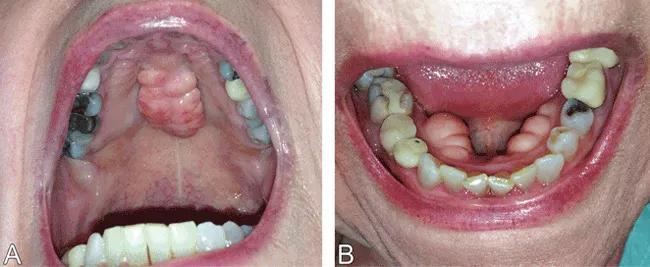
Torus palatinus (left, A) is an exostosis arising from the median raphe of the palatine bone, whereas torus mandibularis (right, B) arises in the premolar area of the lingual surface of the mandible. These bony excrescences are benign, are usually asymptomatic, and require no treatment.
Torus palatinus and torus mandibularis are common exostoses of the mouth, i.e., localized benign bony overgrowths arising from cortical bone. They are occasionally found incidentally during routine examination of the oral cavity. Patients should be reassured about the nonpathologic nature of this condition.
The condition is thought to be multifactorial, with causal factors including autosomal dominant inheritance, trauma, and lifestyle factors such as vitamin deficiency, a calcium-rich diet, fish consumption, and chewing on dry, raw or frozen meat (as in Eskimo cultures). Masticatory hyperfunction and bruxism are thought to be risk factors.
Epidemiologic studies indicate that oral tori are more common in women, and the prevalence varies considerably between geographic areas and ethnic groups. It is more common in Native Americans, Eskimos, Norwegians and Thais.
Torus palatinus is the most prevalent oral torus, occurring in 20 percent of the US population. It arises from the median raphe of the palatine bone and can vary in shape and size. Torus mandibularis is a protuberance arising in the premolar area of the lingual surface of the mandible. This form is much less common than torus palatinus, with a prevalence of 6 percent, and is bilateral in about 80 percent of cases.
Microscopic examination of tori reveal a mass of dense, lamellar, cortical bone with a small amount of fibrofatty marrow. An inner zone of trabecular bone may also be present.
Oral tori must be differentiated from other growths in the mouth including fibromas, mucoceles, osteomas, osteochondromas, and osteoid osteomas. However, oral tori can usually be distinguished from other conditions on the basis of clinical findings alone. Biopsy may be warranted if there is doubt. Tori tend to grow gradually throughout life and do not have potential for malignant transformation. Although they are typically asymptomatic, removal is sometimes warranted for proper fitting of prostheses or for use in autogenous cortical bone grafting.
Dr. Chatterjee is Associate Professor of Medicine at Cleveland Clinic Lerner College of Medicine and staff in the Department of Rheumatologic and Immunologic Diseases.
This article originally appeared in Cleveland Clinic Journal of Medicine. 2016 January; 83(1):17-18.
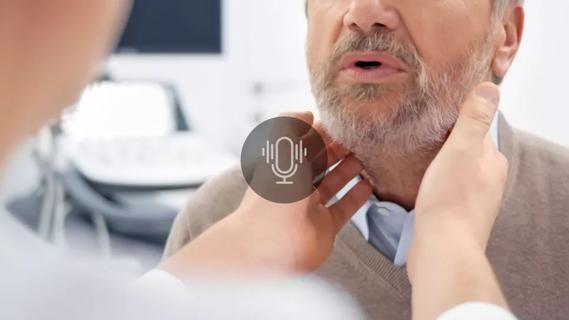
Expert advocates for a stepladder approach

Prompt surgery was necessary when symptoms drastically increased
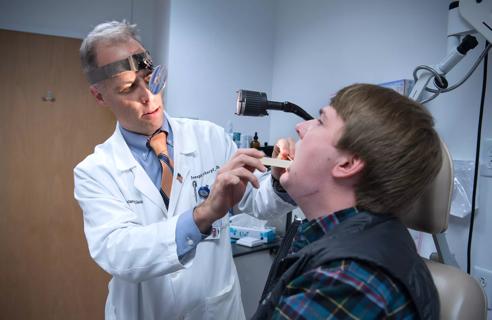
Strong communication with the patient and a thorough approach are essential

Research on children with UHL explores the quality-of-life benefits and outcomes of cochlear implants
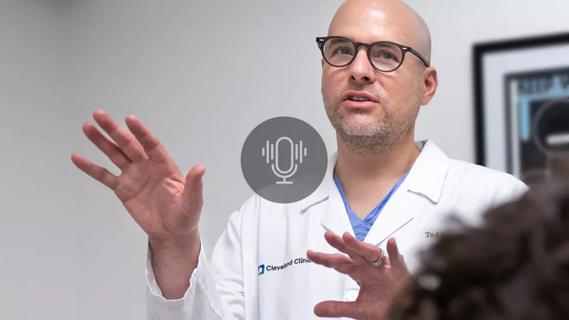
A look at how custom-fitted oral appliances work and when they’re a good fit for patients

With a wide scope of skills, comprehensive otolaryngologists care for patients of all ages in the community
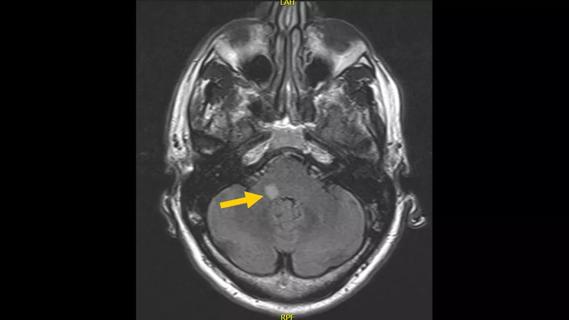
Subtle information gleaned from clinical examinations prompted concern
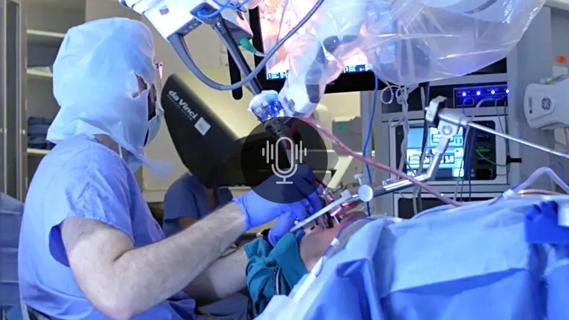
A new single-port system well-suited for oropharyngeal cancer treatment